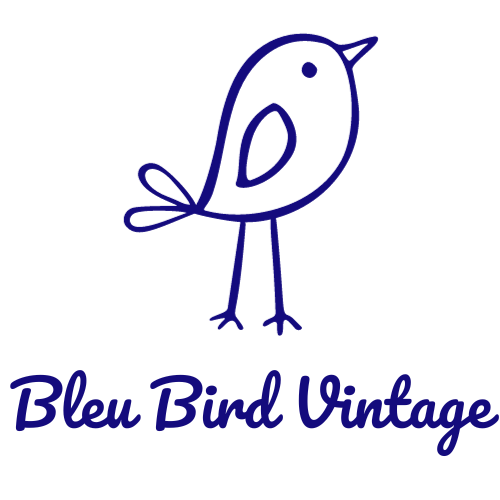Reimagining Vintage Eyewear for the 21st Century: A Touch of Nostalgia Meets Modern Elegance
The fashion world has always been inclined towards reinvention, and nothing embodies this idea better than the resurgence of vintage eyewear designs in the 21st century. Vintage eyewear carries with it a sense of nostalgia, a throwback to a bygone era known for its charm and elegance. However, the modern take on vintage frames isn’t simply about replicating a style from the past; it’s about reimagining and reviving those iconic shapes and infusing them with contemporary elements to create a fusion of old and new.
Vintage eyewear frames, such as cat-eye, round, and aviator designs, have experienced a significant revival in recent years. These classic shapes, once worn by screen legends like Audrey Hepburn and James Dean, have become fashion staples, adorning the faces of fashionistas and trendsetters alike. However, modernizing these designs requires a delicate balance to maintain their essence whilst incorporating the advancements of 21st-century technology.
One of the most notable advancements in eyewear technology is the lens material. While traditional vintage eyewear typically utilized glass lenses, modern lenses often incorporate advanced materials like polycarbonate or Trivex. These materials offer improved impact resistance, making vintage-inspired frames not only stylish but also safer for everyday use.
Additionally, lens coatings have evolved, offering improved protection against harmful UV rays and reducing glare. Anti-reflective coatings can enhance the clarity of vision, making even vintage styles functional for daily wear in a world where we spend an increasing amount of time in front of screens.
Another modern twist on vintage eyewear lies in creative design elements. For instance, the use of unique acetate patterns or different color combinations can add a contemporary feel to classic frames. These design elements allow for personalization and individuality, enabling wearers to express their style while wearing vintage-inspired eyewear.
Furthermore, the materials used for frames have also evolved. Traditional acetate or metal frames have expanded to include lightweight titanium and flexible TR-90 material. These contemporary alternatives not only offer durability and comfort but also reduce the weight of the frames, making them more wearable for extended periods.
The fashion world has also embraced the concept of sustainability, and vintage eyewear fits perfectly into this narrative. Rather than discarding and replacing, the idea of reviving and repurposing appeals to both the eco-conscious and the fashion-forward. Vintage frames can be restored or repackaged, giving them new life and reducing the environmental impact of constantly producing new glasses.
Moreover, the reimagining of vintage eyewear includes the incorporation of cutting-edge technology. The advent of smart glasses and augmented reality has opened up new possibilities for both function and style. By combining vintage aesthetics with smart features, eyewear can integrate with our everyday lives seamlessly. Imagine wearing a pair of round, wire-rimmed glasses that simultaneously serve as a fitness tracker or provide hands-free access to navigation and messaging.
In conclusion, the revival of vintage eyewear in the 21st century is not simply a trend; it’s a reimagination of timeless designs that pay homage to the past while embracing the present. The fusion of classic shapes with modern materials, lens technology, and design elements has brought vintage eyewear into the modern era without losing its charm and elegance. Whether it’s a pair of cat-eye frames or aviators, the versatility and adaptability of vintage eyewear make a bold fashion statement while offering a touch of nostalgia in an increasingly fast-paced and ever-evolving world.
